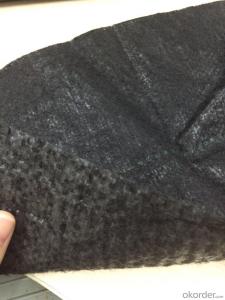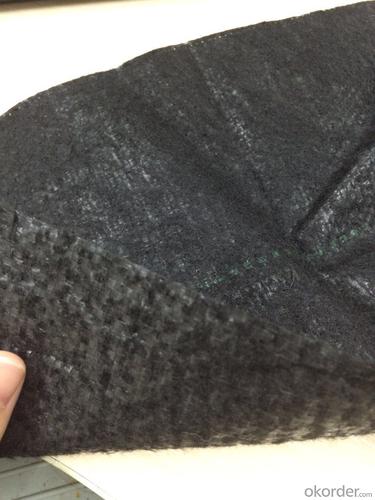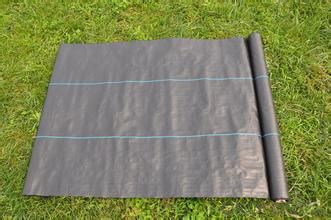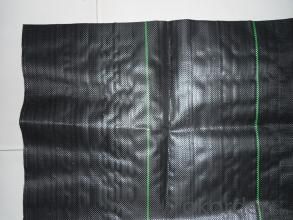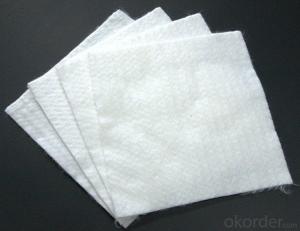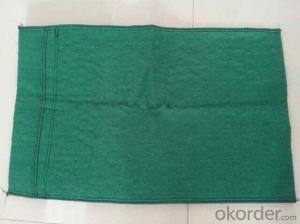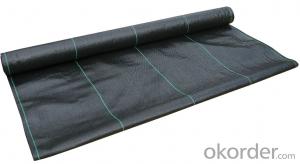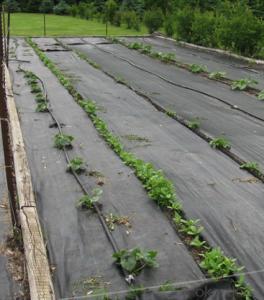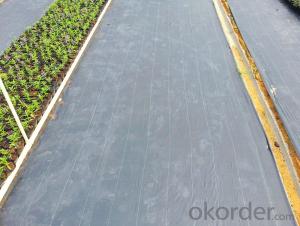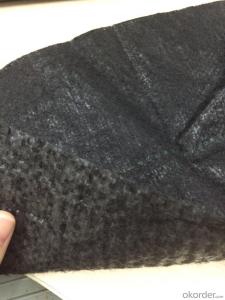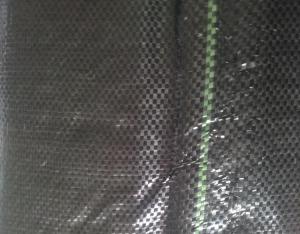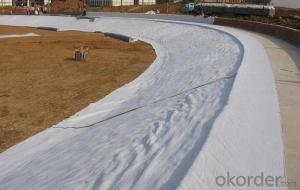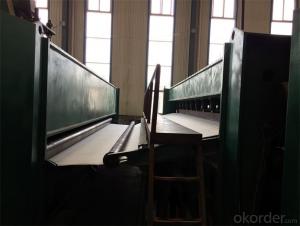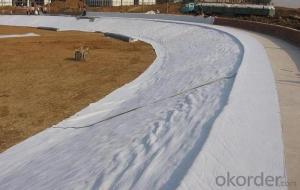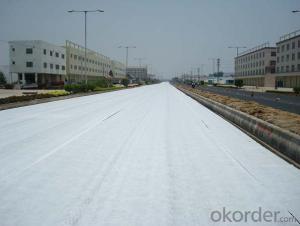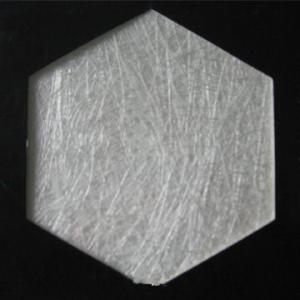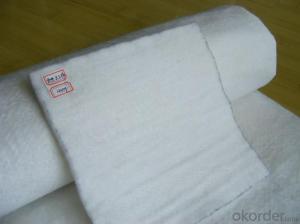Terratex Nonwoven Geotextiles Weed Barrier Fabric
- Loading Port:
- Qingdao
- Payment Terms:
- TT OR LC
- Min Order Qty:
- 1000 m²
- Supply Capability:
- 100000 m²/month
OKorder Service Pledge
OKorder Financial Service
You Might Also Like
1.Weed Barrier Fabric Description:
The weed barrier fabric is a kind of vertical and horizontal weaving plastic woven cloth. It has good quality of permeability,water seepage and Prevention and control of weeds. Widely used in gardening and agriculture.
Most areas in order to control weeds and prevent the plant roots drill ground Commonly used blow molding of the PE film as grass cloth.Because of the PE film is transparent,sunlight an through the PE film sunlight to PE membrane under the weeds,weeds can for photosynthesis, not prevent weed growth.
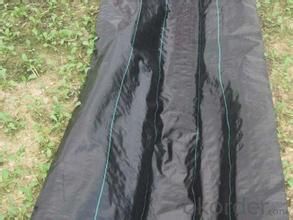

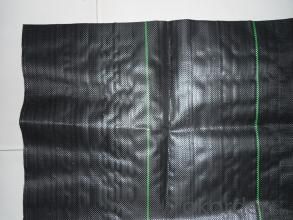
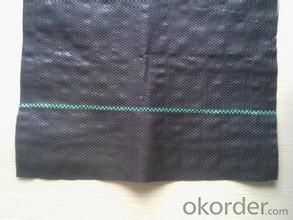
2.Weed Barrier Fabric Functions and Features:
1)Excellent weed control
2)Excellent UV resistance
3)Moisture,fertilizers,air reach plants to allow for healthy soil
4)Good water and air permeability
5)Exceptional toughness and strength
6)Durable,tear-resistant,anti-rot and anti-mildew
7)Light weight,easy to install,follows natural ground contours
8)Ideal for use in landscaped beds,under decks and walkways
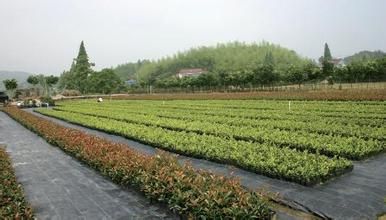
3. Weed Barrier Fabric Usage:
1.Prevent leakage disposal in landfill or waste water or waste dregs disposing field.
2.River bank ,lake dam ,mine remainings ,resevoir ,tunnel ,liquid storage pool(pit ,mine)
3.Preventing leakage in subway ,basement ,tunnel ,hole .
4.Anti-salt leakage in roadbed and other ground sill.
5.The plane direction laying of dam ,the vertical direction laying for ground sill.used in the construction fence and waste material field.
6.Used in ground sill of road ,highway ,railway and waterproof layer of welling clay and wet collapsed loess.
7.Preventing leakage on rooftop.
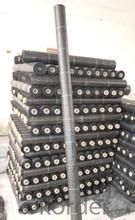
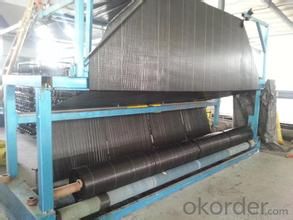
4. FAQ:
Q1: What is your minimum order quantity?
A:The minimum order quantity is 5000 ,but it is negotiable.
Q2:What is your payment terms?
A: T/T,Western Union,Paypal,L/C...
Q3:What is your delivery time?
A:Production time usually costs 2-20 days.
Waiting to cooperate with you!
- Q: Geomembrane bag bag is geomembrane or geotextile
- Geotextile, I professional production
- Q: How much is the geotextile machine?
- Geotextile is very cheap a few hundred dollars, geomembrane is more expensive, 4000-8000 yuan, I specializing in the production of geomembrane geotextile
- Q: What are the advantages of using geotextiles in mining operations?
- There are several advantages of using geotextiles in mining operations. Firstly, geotextiles act as a barrier, preventing the erosion of soil and rock particles, thereby reducing the potential for soil contamination and water pollution. Secondly, geotextiles can strengthen and stabilize the ground, providing increased support for heavy machinery and equipment used in mining operations. Additionally, geotextiles can be used to separate different layers of soil and rock, allowing for efficient drainage and filtration of water, which is crucial for maintaining the integrity of mining sites. Overall, the use of geotextiles in mining operations enhances environmental protection, improves operational efficiency, and ensures the safety of workers and surrounding ecosystems.
- Q: Can geotextiles be used in mining and landfill closure applications?
- Yes, geotextiles can be used in mining and landfill closure applications. They serve as a protective barrier to prevent soil erosion, control sedimentation, and provide filtration and separation functions. Geotextiles also help in stabilizing slopes, reinforcing structures, and reducing the potential for contamination in mining and landfill closure sites.
- Q: How do geotextiles contribute to pavement performance?
- Geotextiles contribute to pavement performance by providing reinforcement, separation, filtration, and drainage functions. They help in preventing the mixing of different layers of pavement materials, which reduces deformations and extends the lifespan of the pavement. Additionally, geotextiles improve the load-bearing capacity of the pavement by distributing the load more evenly, reducing the likelihood of cracks or failures. They also aid in filtering out fine particles, preventing clogging and maintaining proper drainage, which further enhances the pavement's durability and resistance to water damage.
- Q: Can geotextiles be used in canal lining projects?
- Yes, geotextiles can be used in canal lining projects. Geotextiles provide effective erosion control, soil stabilization, and water drainage capabilities, making them suitable for lining canals to prevent soil erosion and maintain the integrity of the canal structure.
- Q: What are the different geotextile testing parameters?
- Some different geotextile testing parameters include tensile strength, puncture resistance, burst strength, permittivity, apparent opening size, and UV resistance.
- Q: What are the advantages of using geotextiles?
- Geotextiles offer several advantages in various applications. Firstly, they enhance soil stability by providing reinforcement and preventing erosion. They also aid in filtration by allowing water to pass through while retaining fine particles, thus improving water quality. Geotextiles can also be used in drainage systems to facilitate the flow of water and prevent clogging. Additionally, they help in separation, preventing the mixing of different types of soils or materials. Geotextiles are durable and resistant to degradation, making them a cost-effective solution with a long lifespan. Overall, geotextiles provide numerous benefits in infrastructure projects, environmental protection, and soil management.
- Q: How do geotextiles help in preventing piping failure?
- Geotextiles help in preventing piping failure by acting as a filter layer, allowing water to pass through while retaining soil particles. This helps in stabilizing the soil and preventing erosion, which is a major cause of piping failure. Additionally, geotextiles provide reinforcement and improve the overall strength of the soil, reducing the likelihood of pipe movement and failure.
- Q: Road geotextile about how much money
- It depends on what you want to use in the road where is the maintenance or road reinforcement with ah? There is what material, what specifications, and this you are not sure, you have to look at the drawings and ask me.
Send your message to us
Terratex Nonwoven Geotextiles Weed Barrier Fabric
- Loading Port:
- Qingdao
- Payment Terms:
- TT OR LC
- Min Order Qty:
- 1000 m²
- Supply Capability:
- 100000 m²/month
OKorder Service Pledge
OKorder Financial Service
Similar products
Hot products
Hot Searches
Related keywords
